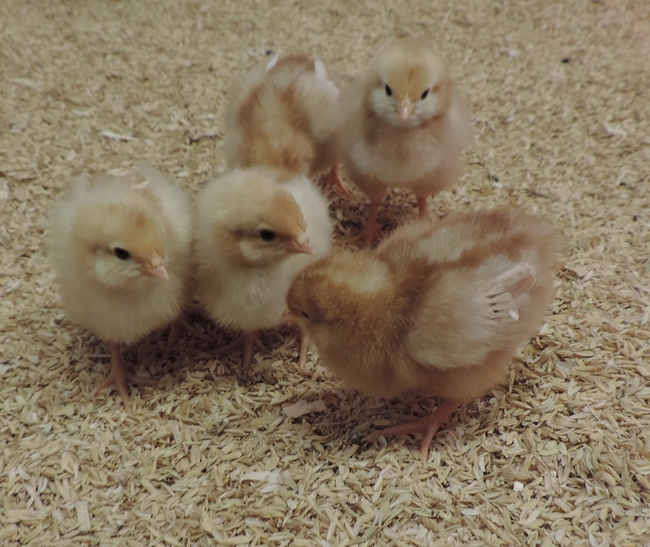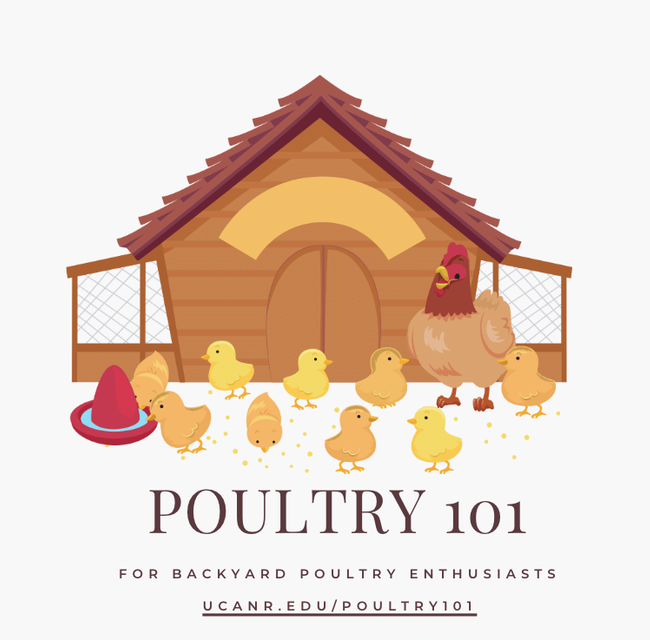As Californians began sheltering in place at home, they started growing their own food. In addition to gardening, people have begun adopting chickens for fresh eggs. For people who have little to no experience raising poultry, University of California Cooperative Extension has care and feeding tips to keep the birds healthy.
UCCE dairy advisor Randi Black and Karen Giovannini, UCCE agriculture ombudsman for Sonoma County, collaborated with UCCE poultry specialist Maurice Pitesky in the School of Veterinary Medicine to create Poultry 101. Their tips for new poultry owners are free at http://ucanr.edu/poultry101.
“Raising chicks and hens can be incredibly rewarding, particularly with delicious farm fresh eggs made right in your backyard,” said Black, who is also proud backyard poultry parent. “However, like other animals, they take a lot of care and management to ensure they stay healthy and productive. With new poultry parents on the rise, providing informative and accessible resources is critical to keeping our backyard flocks thriving.”
The guide covers the needs of chickens over their lifespan, from the time they hatch through retirement.
For warmth, baby chicks huddle under their mother hen. Without a hen, new owners must provide the appropriate ambient temperature based on the age of the chick. Poultry 101's “Chick temperature chart” recommends temperatures for chicks from hatch to 6 weeks old.
At around 18 weeks of age, one can eggs-pect pullets to lay their first egg.
"Backyard poultry can be educational and fun. Using UCCE tools like 'Poultry 101' are meant to provide science-based practical resources to raise healthy poultry,” Pitesky said.

